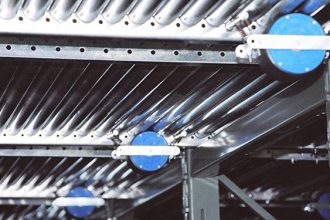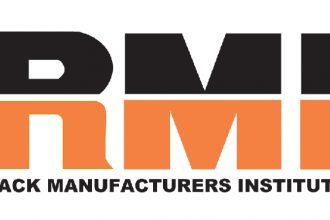Learn The Basics Of How To Specify Pallet Rack
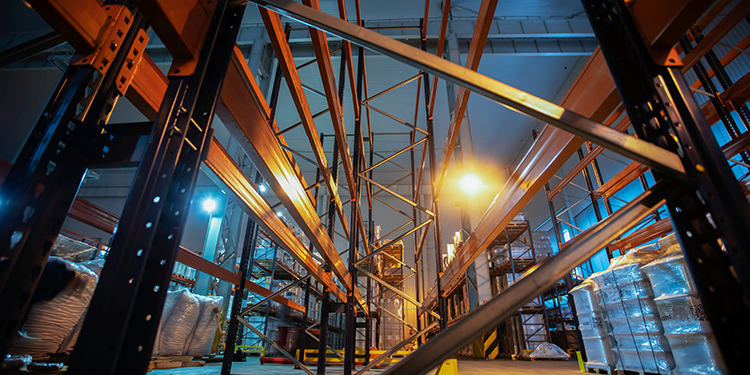
Regardless of the type of industrial steel storage rack you’re shopping for—selective, drive-in, pushback, pallet flow, cantilevered, drive-thru, dual-bay, work platforms and any other related system—you’ll need to provide several important details to the rack manufacturer. Section 2 of RMI’s Considerations for the Planning and Use of Industrial Steel Storage Racks explains how to specify pallet rack. Further, all members of RMI have created forms that walk a prospective buyer through the critical information needed. The manufacturer’s professional rack engineers use those details to design a safe system.
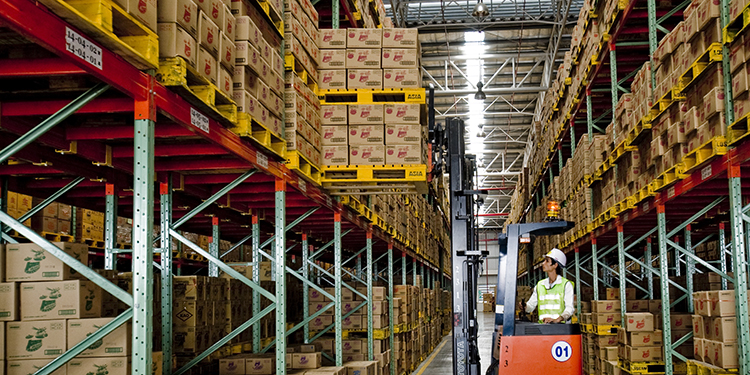
Whether the structure is for an existing facility or a new building, have all that information complete at the outset. This saves time in producing both a design and a cost estimate, explained Katie Ekstrand, Director of Inside Sales at RMI member Steel King.
“Most RMI members work with networks of dealers who capture this information from their customers. Both rack buyers and manufacturers’ representatives need to know not only what to ask for, but why,” she noted. “That’s why it’s important to learn the basics of how to specify pallet rack.”
Details Needed to Specify Pallet Rack
The first thing a rack manufacturer will ask about a prospective pallet rack project is the name of the company. “Having the name of the customer enables the rack manufacturer to determine if a project has been completed for this company before,” Ekstrand said. “The estimator can look for any previous information specific to that buyer. For example, perhaps they requested a custom color, and this new rack needs to match it. Or they have specific product type or size requirements that need consideration. Knowing the buyer allows us to confirm any possibly overlooked details.”
Next, the rack manufacturer needs the precise location of the installation. Having site-specific information allows the pallet rack engineer to determine requirements for geographic or geotechnical conditions. Location impacts the need for a rack design that resists earthquake, wind, or snow load forces. “Sometimes a seismic site coefficient pops up where you’d least expect it,” Ekstrand noted. “The higher that rating, the more likely the rack manufacturer’s engineers will need to assess the proposal to identify specific design requirements.”

Pallet and Product Information Is Key
Rack manufacturers also need to know details about the unit loads (pallet loads) the rack will support. This includes sizes, dimensions, weights, uniformity, or asymmetry. Knowing width, depth, and height helps the rack designer ensure adequate spacing in each rack bay while maximizing storage density. Ekstrand also noted that details about whether the product overhangs the pallet or not are critical for determining the correct beam length.
“Average load weight and maximum load weight are also important specifics to share,” she continued. “That information helps in calculating the overall capacity of the system. If only one out of every 1,000 loads is at maximum weight, then the system design can be less conservative, for example. This can impact the total cost of the project.”
In addition to asking about the desired type of industrial steel storage rack, manufacturers need to know the type of load handling medium used. These include pallets, slip sheets, or skids. Pallet type and construction play a huge role in rack design, Ekstrand added. “Some rack manufacturers’ project information forms include drawings of as many as eight or 10 different pallet types to help identify what’s in use. That’s particularly critical when designing pushback and pallet flow rack, because their proper function is pallet dependent.”

Facility Details Needed When Specifying Pallet Rack
Other factors impacting pallet rack design are dimensions and details about the facility, including size, shape, layout, and type of building. Note the position of columns within the building, the maximum height of the ceiling, and the operational layout plan. “Rack manufacturers love to see drawings because they help when creating the most efficient rack design,” she continued.
Further, share the type (or types) of material handling equipment that will interface with the pallet rack. Having those specifications ensures that the top beam level is not higher than a forklift can reach, for example. “Often, rack manufacturers include an illustrated forklift in their new project forms for filling in maximum reach and other vehicle dimensions,” added Ekstrand.
Leverage Manufacturers’ Experience
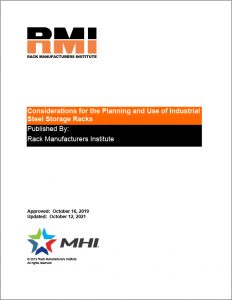
With hundreds of years of collective expertise in pallet rack specification and design, the RMI members are always available to answer questions. Ekstrand encouraged buyers and dealers to reach out when in doubt about how to handle a specific situation.
“Sketch out a drawing or snap photos with your smartphone and email them to the rack manufacturer,” she said. “Whether it’s an unusual pallet load, product, or building layout, rack manufacturers are here to help you. We want you to get the safest, most effective storage rack system possible.”
Need more insights on planning a new industrial steel storage rack project?
Download RMI’s Considerations for the Planning and Use of Industrial Steel Storage Racks here.

